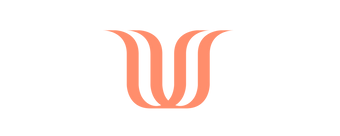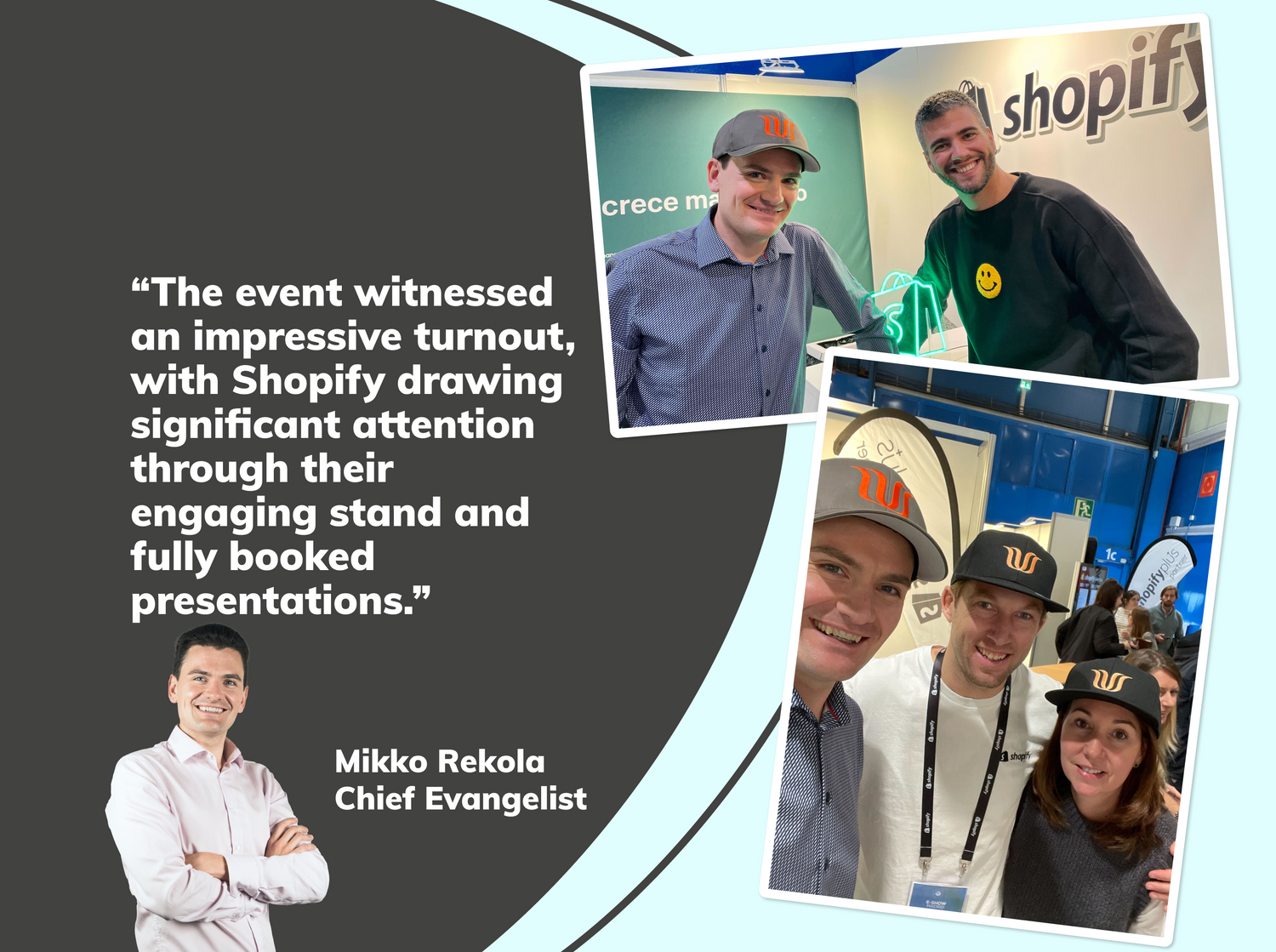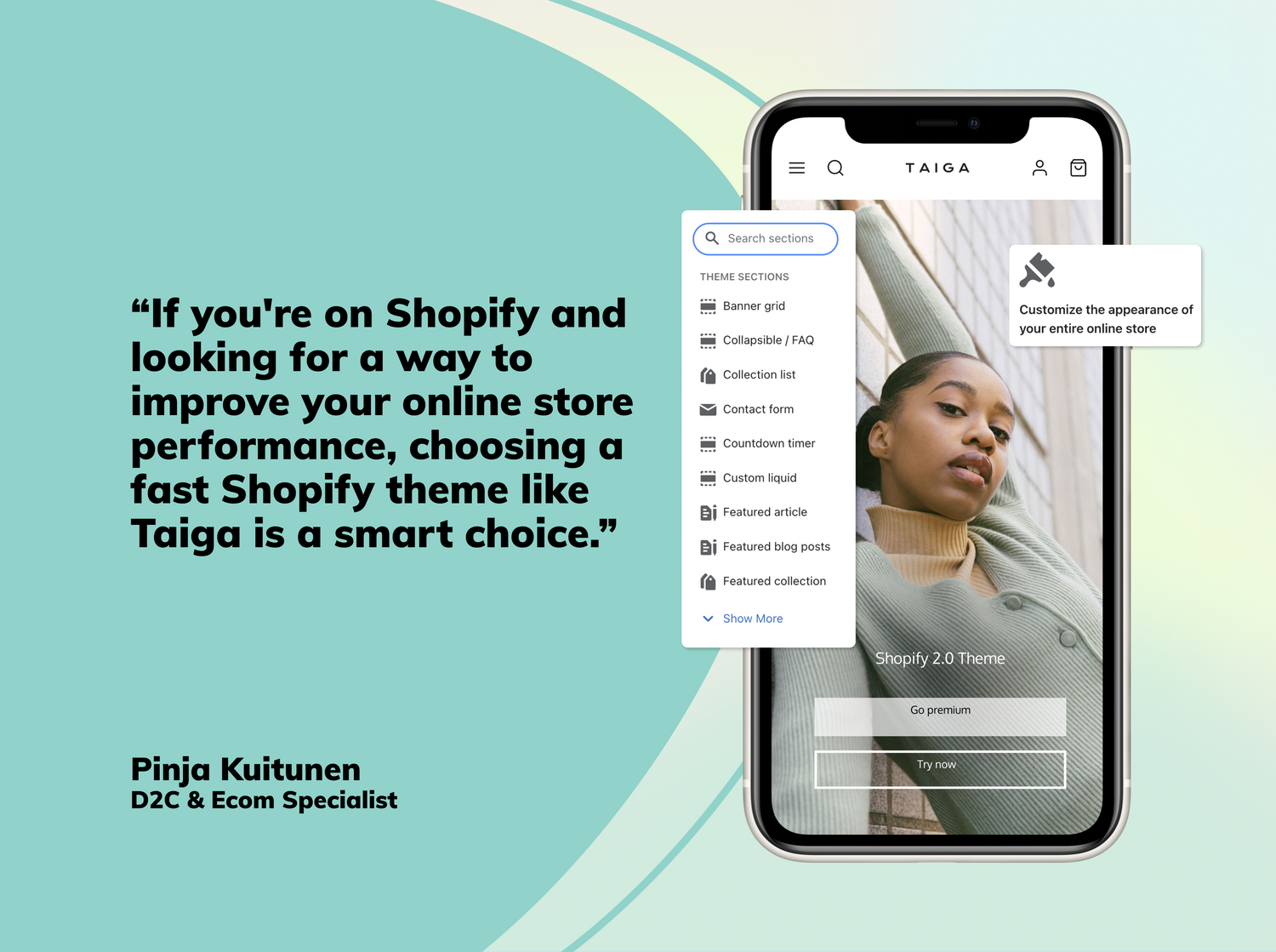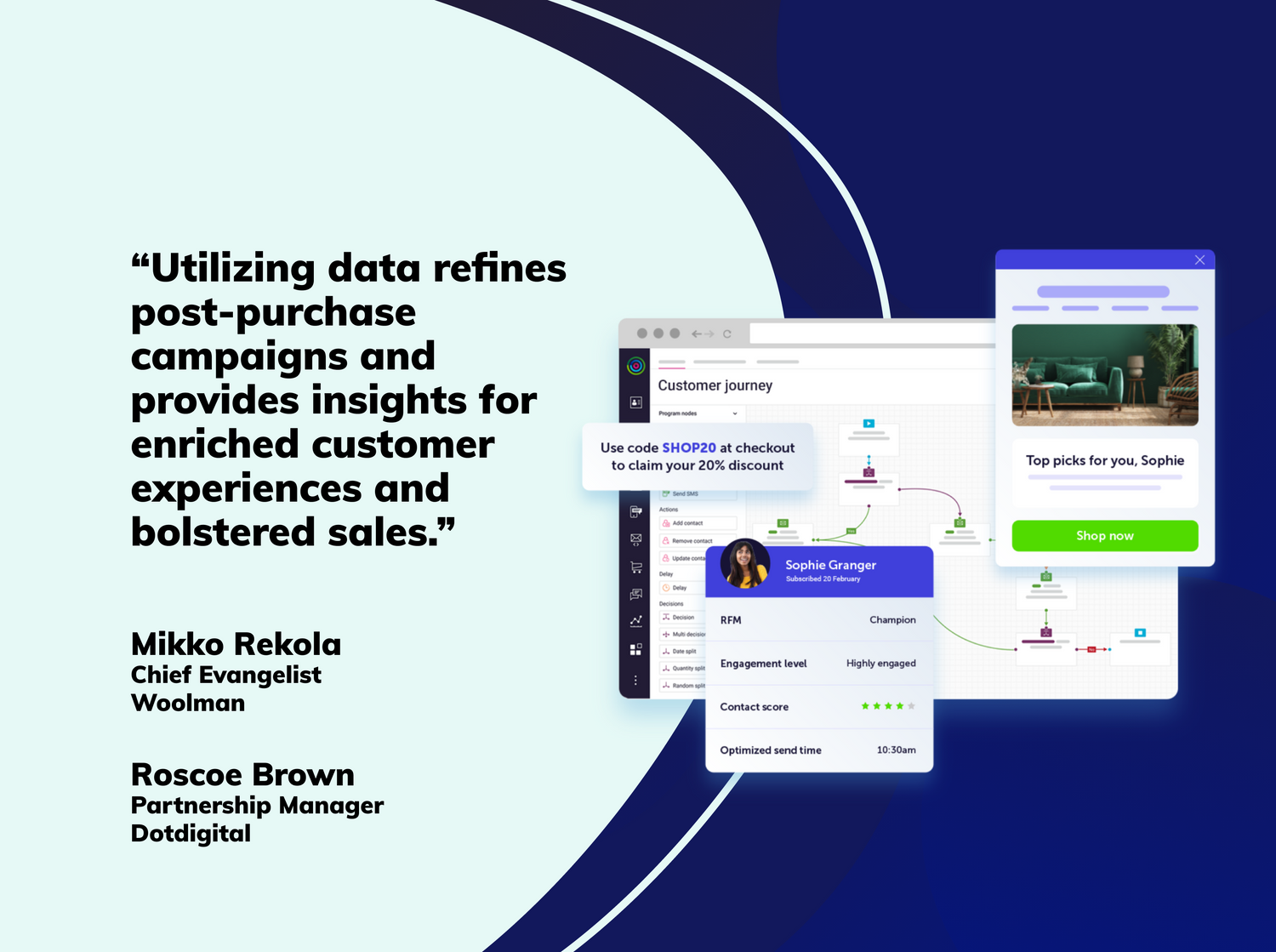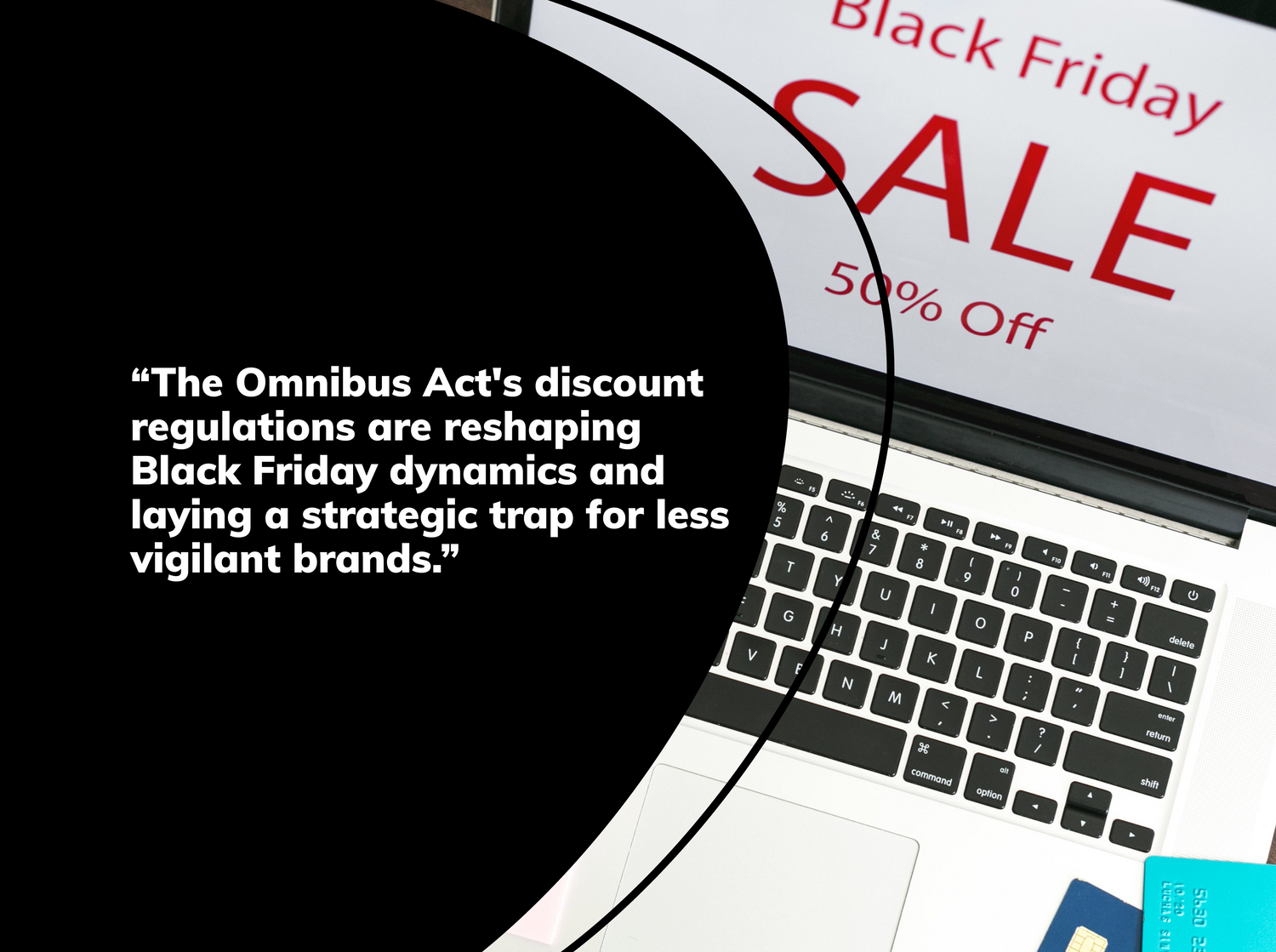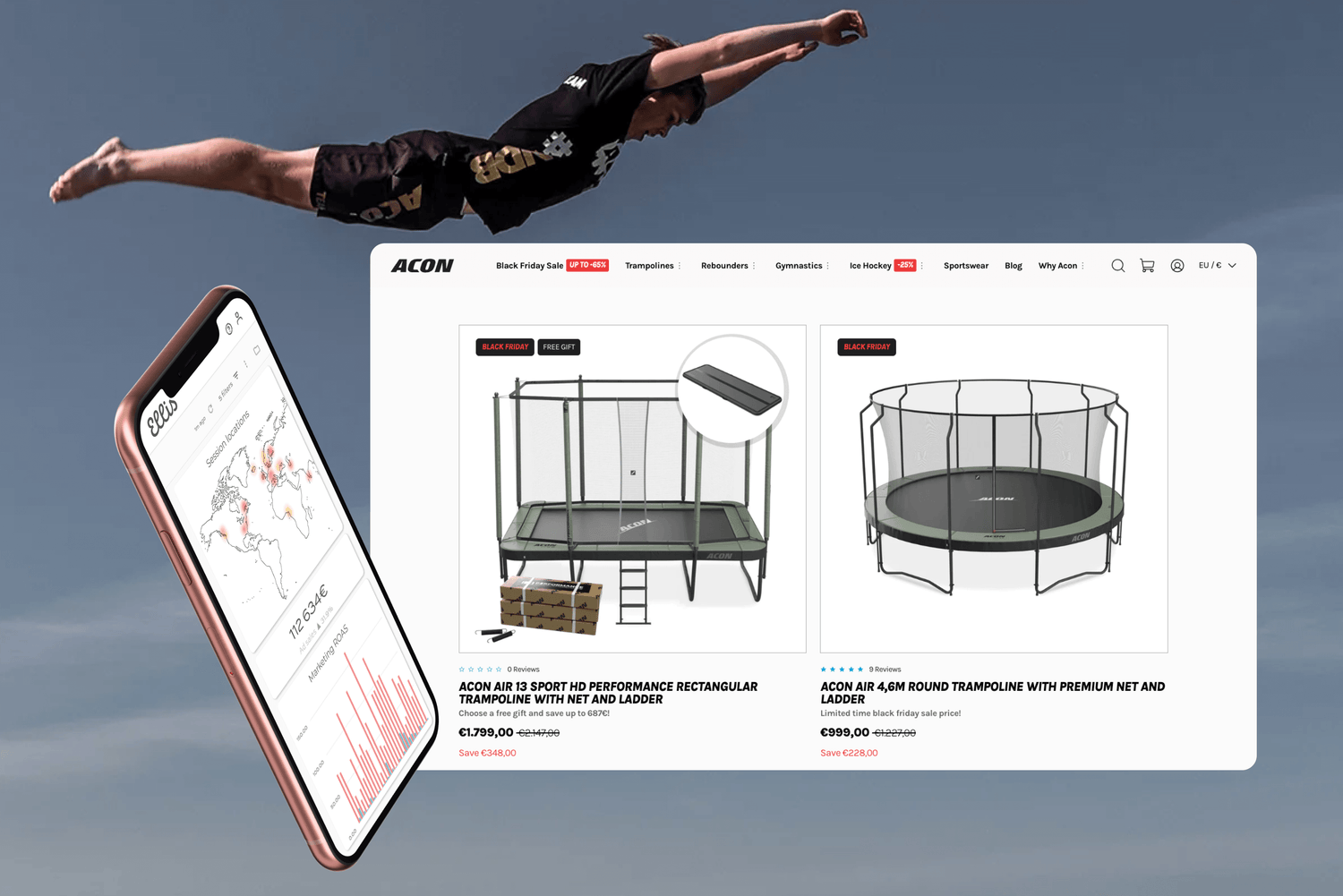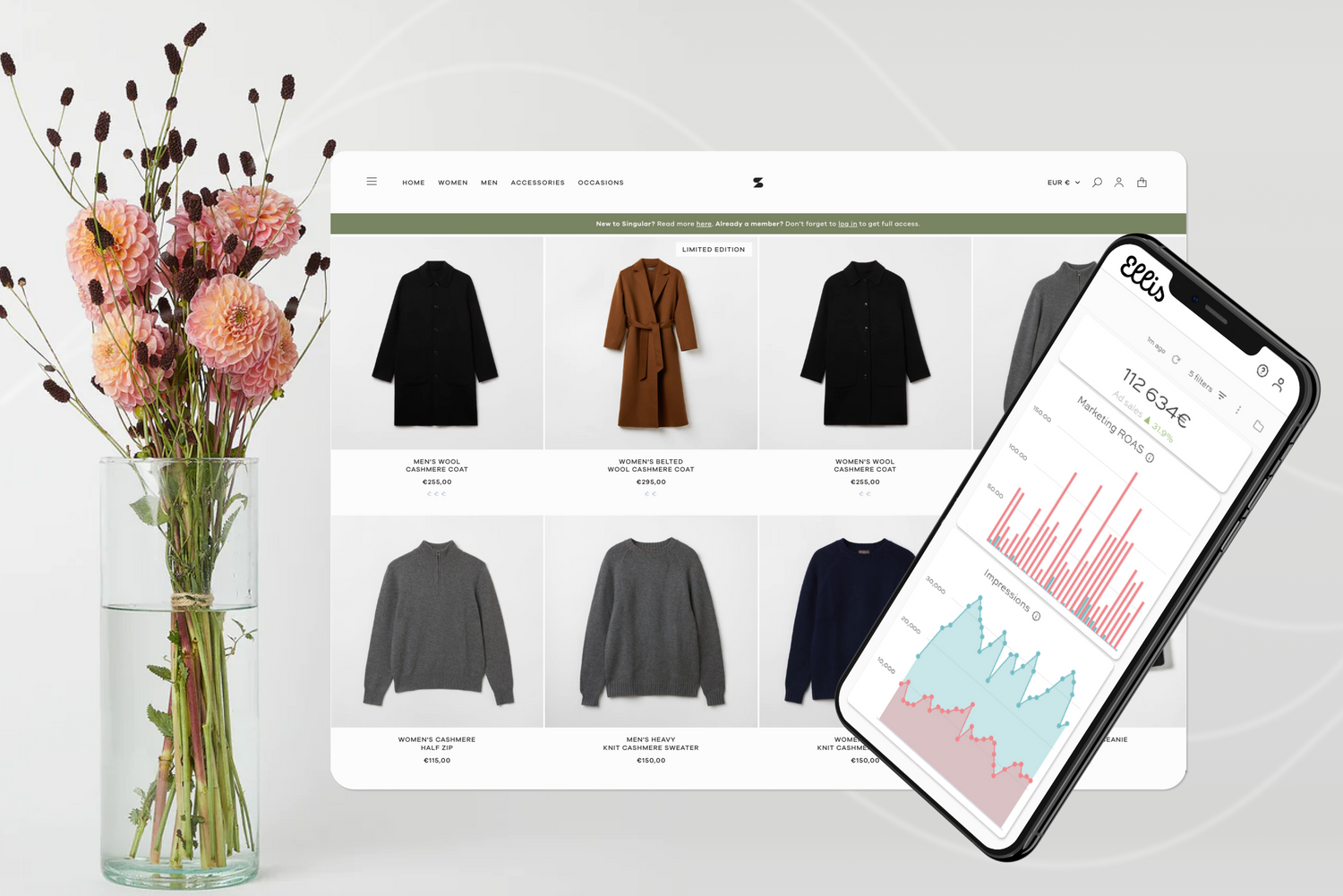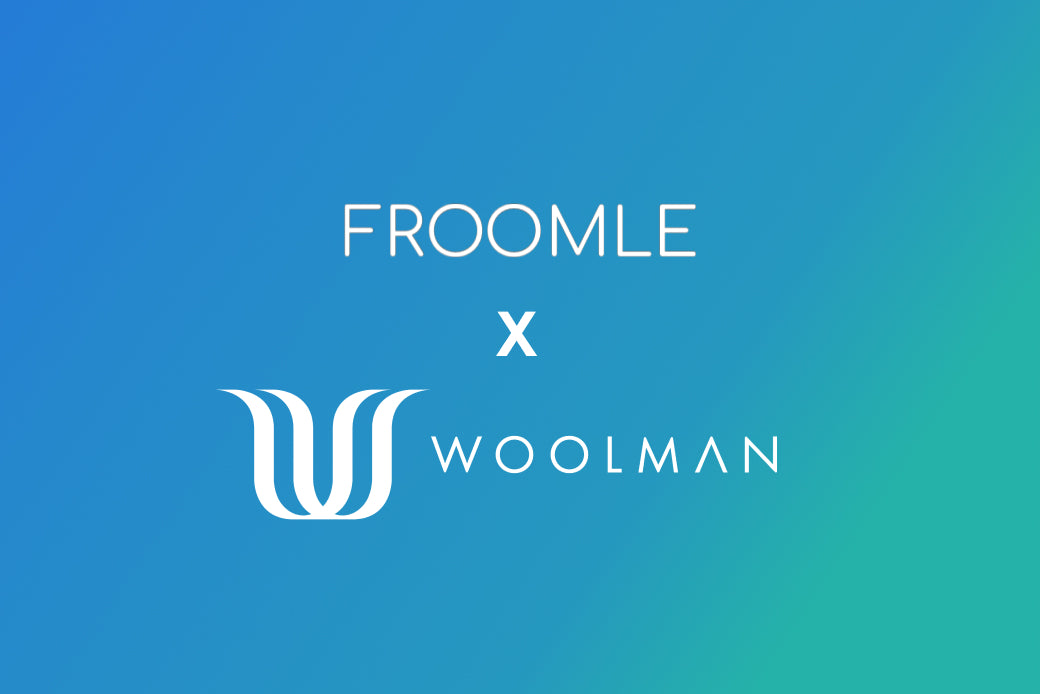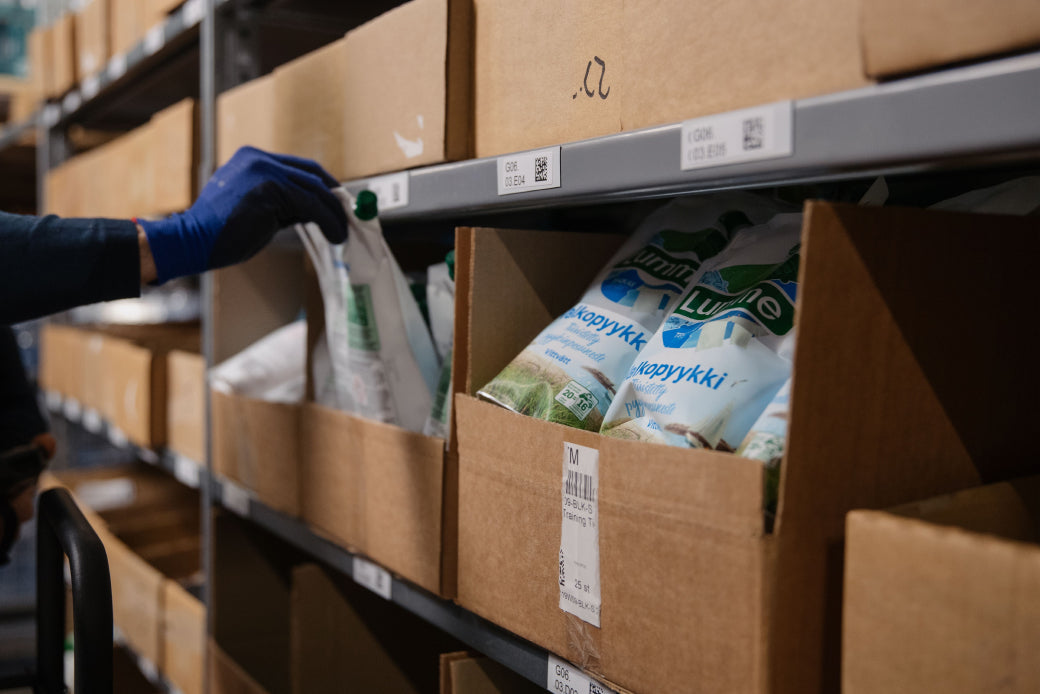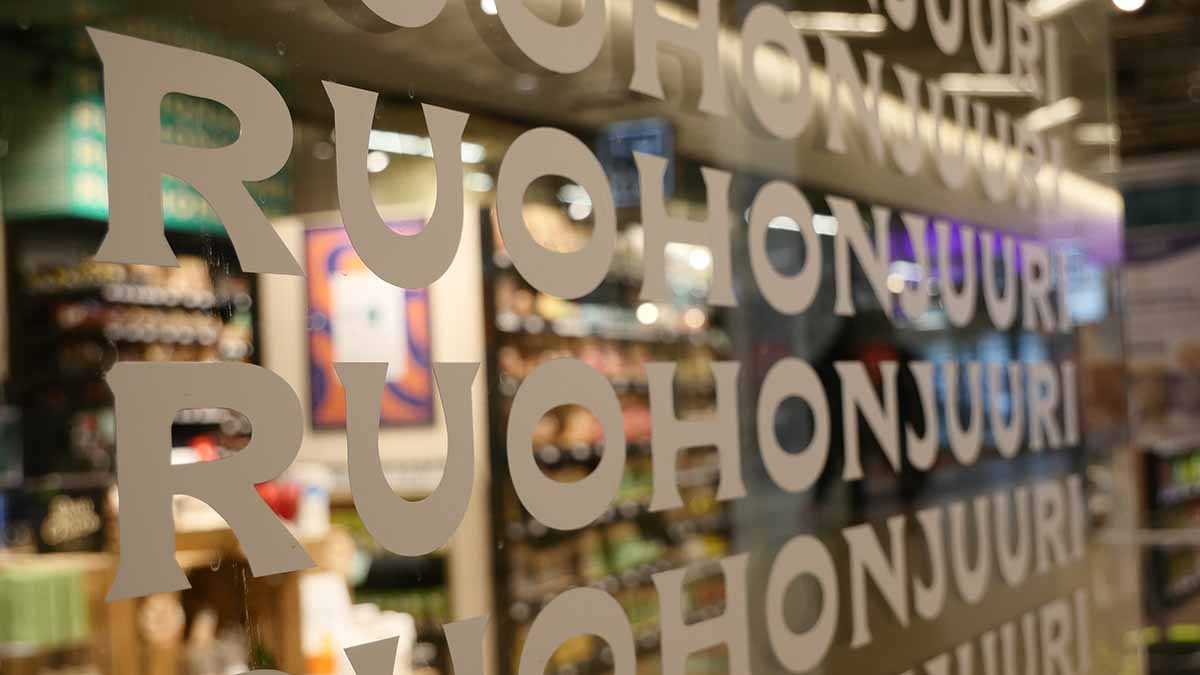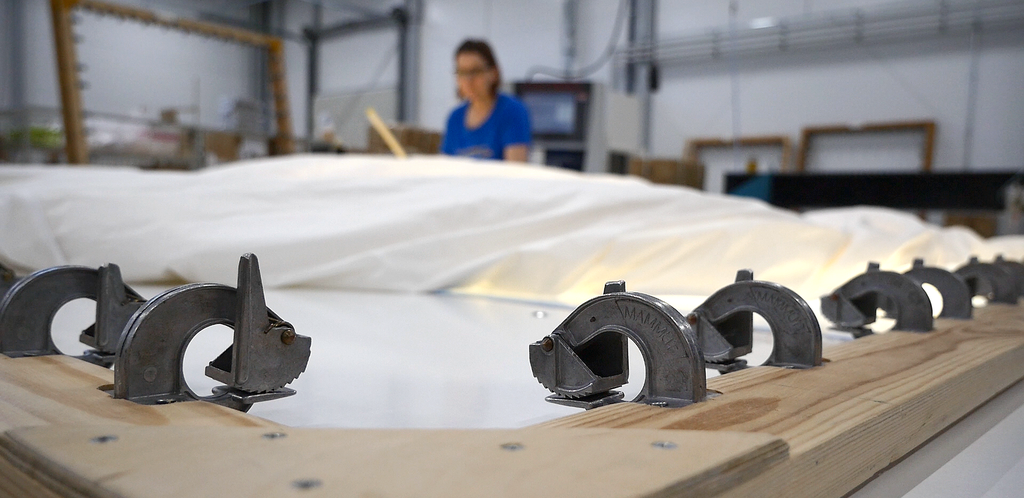
In late September 2020, Facebook announced its intention to remove the 28-day attribution window from Facebook Ads Manager. The change was originally scheduled to take effect in October 2020, but at the last minute, Facebook announced it will postpone the change to early 2021.
The removal of the 28-day attribution window will mean that the longest attribution window will be seven days. The online retailer will no longer be able to attribute conversions with the ads from Facebook Ads Manager for longer than that period.
For advertisers, Facebook has justified its decision by citing future digital privacy initiatives that will limit companies’ ability to track and measure people’s interactions across domains and devices. Part of these limitations will be attributing conversion events back to an ad over the longer attribution windows.
Wait, what are conversion and attribution windows?
Conversions reported by Facebook are the result of a customer previously seeing or clicking on a brand’s ad and either immediately or later ending up performing an event defined as a conversion, such as a purchase. Thus, contrary to common belief, a conversion does not mean that the customer immediately generated a conversion event after clicking on the ad. It may have taken days or even weeks for this to happen.
The attribution window allows conversions to be attributed for a specific campaign, ad set, and ad over a longer period of time. It allows you to determine conversions that occur days or even weeks after the ad itself is clicked. Facebook has so far used a 28-day attribution window by default to view conversions.
In practice, this means that the reported conversions include all conversions that occur within 28 days of an ad click. By modifying the Facebook Ads Manager settings, it has been possible for the user to view and compare attribution windows of 7 and 1 days in addition to 28 days. Now Facebook intends to limit this tracking and thus the 28-day attribution window will be eliminated, leaving a maximum attribution window of seven days.
How will the change affect the online retailer?
If you have used so far Facebook’s standard attribution window for measuring conversions, the change will likely be reflected in your Facebook Analytics as a decrease in conversions. In all its simplicity, this happens because it is no longer possible to attribute conversion with an ad more than seven days after the ad is clicked. Thus, if the action that leads to a conversion occurs, for example, 10 or 20 days after a customer clicks on the ad, this won’t appear in Facebook Analytics conversions.
In particular, the change is noticeable for online retailers, whose product purchase process is inherently longer than average, and sales do not focus on customers' impulsive purchase decisions. An example of these are brands selling more expensive products, whose customers need several days or even weeks to make a purchase decision.
Despite the change, the performance of the ads will remain the same and sales will likely be as high as before. Instead, there will be changes in the way of measuring things. This means that to get the most out of measuring your campaigns and ads, you need to turn your attention to other sources of data and analytics as well.
Merchant, here's how to prepare to the change
All data related to the 28-day attribution window is available until the change takes effect. After this, the view will change for conversions.
It is possible to get as much data about your ads and conversions as before. This is possible by harnessing Shopify Analytics alongside Facebook Ads Manager analytics. In addition to these, conversions can and should be tracked from another source. If you want to hear more about this, please contact our growth team experts!
As the time window for data from Facebook shortens, other analytics tools need to be harnessed to support your business in an optimal way. Thus, the importance of using UTM codes is further emphasised. UTM codes added to campaigns and ad links help to determine the source of traffic – so, which ads actually bring the most traffic to your eCommerce store. So, if you haven’t yet utilised UTM codes in your ads, now is a great time to implement them!
Does the change feel challenging or too complex? Woolman’s growth team will be happy to help you with the analytics and measurement puzzles of your Facebook ads!
Roosa Hämäläinen, growth hacker trainee / Woolman
